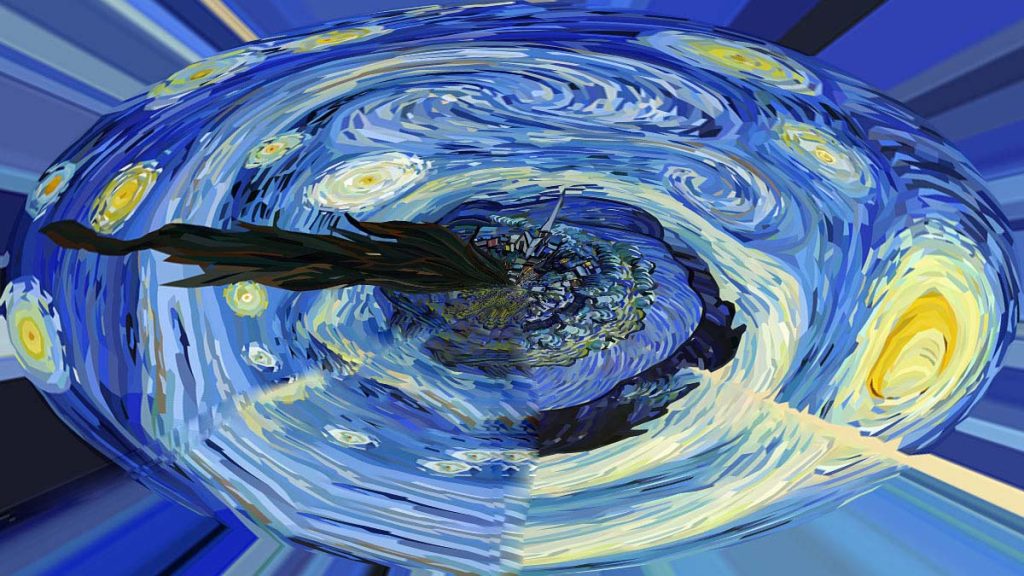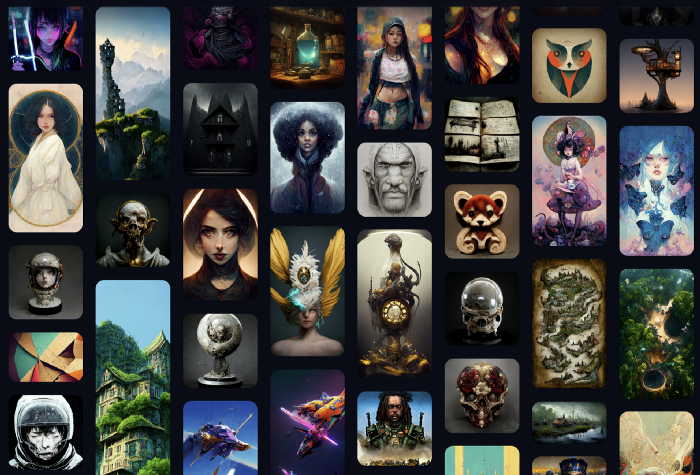
Artificially intelligent internet bots can now produce extremely realistic-looking photographs almost instantly, with the best contender in the space being Midjourney AI.
AI and intelligent software have advanced recently, particularly in the areas of art, design, and photography. Even Google is working on a cutting-edge AI system that can produce hyper-realistic graphics using only simple text instruction and brief descriptions.
You may be acquainted with the Dall-E2, an AI program that recently made headlines for its capacity to create any image you want while also producing 100 percent unique results. The clever AI picture generator first became well-known through social media sites like Instagram and Reddit, where the more absurd and bizarre of its works were circulated as memes and quickly became viral.
However, Midjourney AI, developed by a team at a private research center and headed by David Holz, is the most recent AI image generator to go viral online. This generator’s one drawback is that it can only be accessed through Discord, which uses a chat server to communicate and deliver prompts.
Discord, a social media messaging program akin to Reddit or WhatsApp in certain ways. Users can join servers or build their own to engage with friends and communities. To test out the AI, you must first create a free Discord account, if you don’t already have one, and then join the Midjourney AI beta testing server. You are only permitted to use the AI for 25 free prompts in total before the trial period expires.

You will no longer be able to ask for image suggestions in the conversation after this without purchasing a subscription to the service, which costs $10 per month (about £8 or AU$14) or $30 per month (£25 or AU$43) for unrestricted personal usage of the AI and the images it produces.
Browse the existing library of generated photos via the community feed, which is prompted by Discord beta testers, to view some samples of the intricate and mind-blowing graphics produced by Midjourney AI bots.
By doing so, you have now signed up for a beta tester account on Discord and received an invitation to the server. You’ll find a set of instructions explaining how it all works on the welcome page, but to put it briefly, you must join a chat room designated for new users and then enter the command prompt signal “/imagine” into the chat box to start receiving your requested image prompt.
On the basis of your prompt, the bot will then produce four photos and post them in the chat. You might need to search through the sea of requests and photographs being uploaded to find your response, depending on how many people are using the chat and how busy it is.
Next, you can choose to upscale any of the four photographs or alter one of them slightly. The image quality and detail will be improved through upscaling to 1024×1024, or you can maximize the process to a higher resolution of 1664×1664.
Ten Best AI Art Generators
There are many other AI art generator apps and websites out there. The following ten are among the top most popular and high quality:
- Night Café
- DALL-E 2
- Deep Dream generator
- Artbreeder
- Big Sleep
- Deep AI
- Starry AI
- Fotor
- Runway ML
- WOMBO Dream
Can You Sell AI-Generated Art?
Some AI art generators allow you to sell your generated art and use it for commercial purposes, others do not.
DALL-E 2 is an experimental application made for research purposes and so does not allow you to sell any generated art. Midjourney AI generated art can be used for commercial purposes. According to their standard license, users can use, copy, modify, merge, publish, distribute and /or sell copies of the images they generate, except for blockchain technology. So no, you can’t just generate AI art NFTs.
WOMBO Dream was one of the first AI art generators made available to the general public and is free and simple to use. Wombo gives a royalty-free license to duplicate or redistribute the artworks even though the final image’s quality isn’t as stunning as Dall-E2 and MidJourney AI.
Closing Thoughts
As time goes on, we can only imagine where AI-generated art will end up. The next way to commission images for things like book covers, advertisements, journalism, and other companies and promotional copyright-free content may involve using AI-powered image generation tools.
No doubt, we will be seeing a lot more research in the field, aided by the users themselves, many of whom will jump at any opportunity to play around with the fascinating world of AI-generated art and see how a machine sees the world.